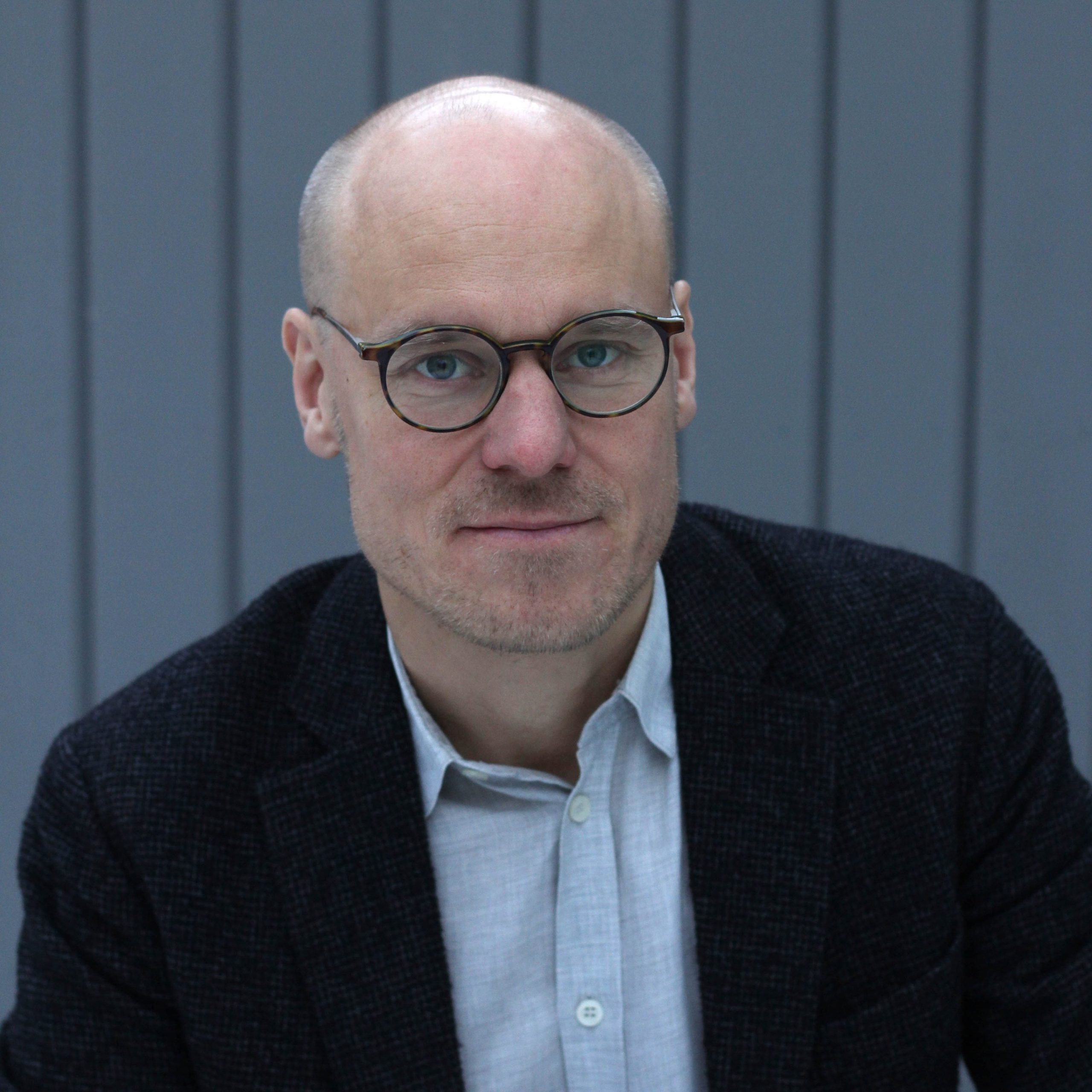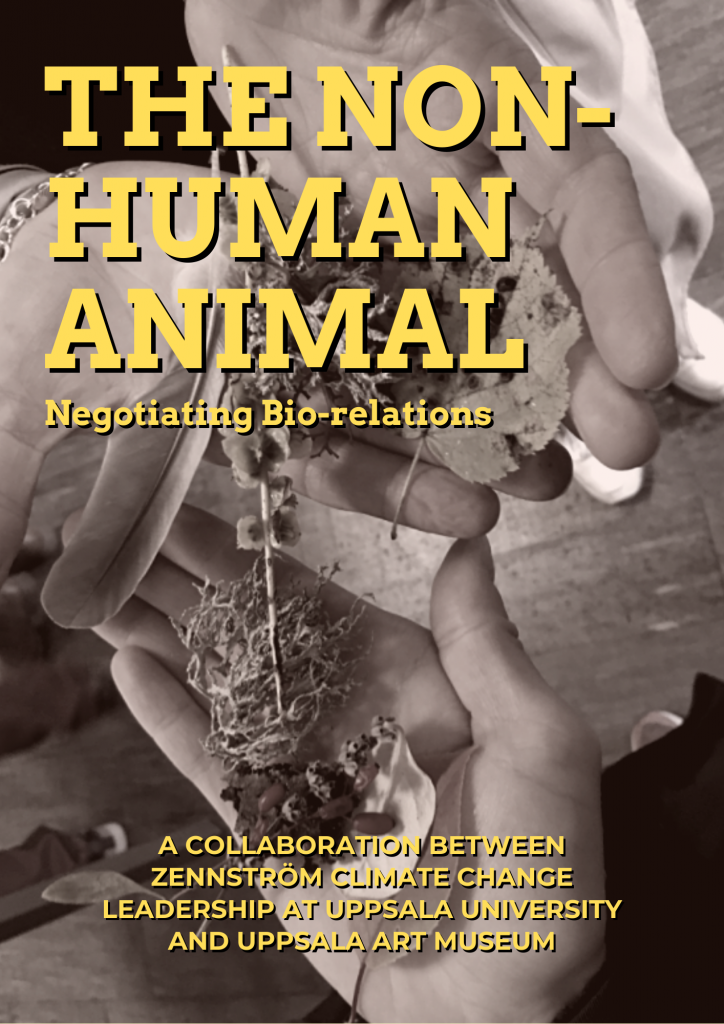
What motivates urban climate leaders? Daniel Lindvall, senior researcher in the Climate Change Leadership unit, provides answers to that question in a recent article published in the International Journal of Urban Sustainable Development.
Cities are often described as frontrunners in the transition to a low-carbon society. Cities are more progressive and perceptive than national governments, and when they act together, in networks such as the C40, they can influence policymaking on both national and global levels. This notion of urban leadership contests the conventional description of the climate crises as a problem of collective action, and confirms the theories of Elinor Ostrom, and the approach of polycentric governance.
What drives urban climate policies?
While the description of urban climate leadership is attractive, it has also been criticised for being overly idealistic. Cities are often reliant on regulations or funding of national governments, and the climate ambitions of different cities differ substantially. Certain cities are progressive, prioritising climate action, but others are lagging behind. The question is thus what motivates urban climate leaders?
To identify different factors motivating urban climate policies, interviews were made with local politicians and civil servants in five Swedish municipalities that have been top-ranked in the environment policy index Miljöbarometern, and three ranked as less ambitious.
Political consensus is key for climate action
The study demonstrates that political consensus among, and willingness of, the local political leadership is a key factor for progressive climate actions. The most progressive cities have over the years been governed by both left-, liberal-, and conservative-leaning parties, often in coalition with the green party, but the political makeup of the local government was not considered to be as decisive as political consensus. In line with previous research, pioneering moves by individual ambitious politicians or civil servants have been important for initiating transformative policies, however with the adoption of national and EU policies, local climate policies are becoming increasingly institutionalised. This institutionalisation of climate policies makes municipalities less of an independent climate actor, while national and subnational policies have become more important for driving cities forward.
Barriers for citizen involvement in urban climate leadership
The pressure of local business community with high climate ambitions and concerned voters were also considered to be important. Several cities had actively tried to involve citizens; however, the study shows that there are normative, administrative, and technocratic barriers for the inclusion of citizens in the local policymaking process. Most of the interviewees stated, on the other hand, that the engagement and direct involvement of urban residents has not had any significant impact on local climate policies.

Resources and instruments for successful urban climate action
The most important driver for local climate policies, according to several of the interviewees, was the institutional capacities of the municipalities, such as an independent local administration with adequate resources and competences to adopt strategies, action plans, and targets, as well as instruments for progress evaluations. Such instruments could ensure long-term policy stability and enable systematic emission reductions. Networks of cities, setting common emission reduction targets and sharing experience and knowledge, are also relevant to push action forward.
Read more
Lindvall, D. What motivates urban climate leaders? A study of urban climate governance in eight Swedish municipalities. International Journal of Urban Sustainable Development 15 (1) 2023 https://doi.org/10.1080/19463138.2023.2253755




